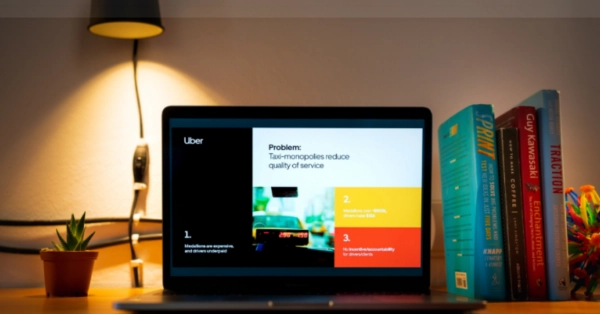Arts and technology have long had a symbiotic relationship. Artists have been able to express themselves more freely owing to technical advancements that have allowed them to adapt or create technology designed for other uses in order to aid the creative process.

The fast development and implementation of digital technology over the last 30 years has resulted in an ever-increasing usage of information and communications technologies for a variety of purposes, including creative expression. Artificial intelligence, one of the most recent developments, has already made its way into artists' studios and the creative process.
Although arts, technology, and science may not appear to be related at first glance, they are all intertwined. New approaches and means of mastering the material world as a medium for self-expression have long piqued the interest of creative minds.
Digital technology has affected arts and culture in a variety of ways in recent years. Artists now have access to new means of self-expression as well as new ways to connect and interact with their audiences thanks to information and communication technology. These tools have changed the way people think about art and creativity. Artificial intelligence (AI) has also made its way into the realm of art.
The arts and cultural industry will be influenced by global changes in technology, the economy, and society. You and your company may ride the digital wave as other sectors use data analytics, automation, and innovation. The goal of digital transformation is to improve the arts and cultural ecosystem rather than to replace existing experiences.
Why is digitalisation important
Digitalisation is a significant enabler for the arts and culture industry today and in the future, from immersive and interactive art to digital marketing and artificial intelligence art. While some may argue that art and culture are better experienced in person, digitalization does not have to eliminate this enjoyment.
Rather, digital technology may enrich audiences' and visitors' experiences by providing access to a diverse selection of new works, as well as increase the productivity and sustainability of arts and cultural organizations.
Digital technologies allow you to reach out to international markets without having to fly. The economic value of physical things is progressively migrating to smart technology and innovation. You and your organization, for example, may provide digitized versions of earlier performances online in addition to in-person performances.
Because material can be saved and transmitted digitally to audiences all over the world, digital technology offers a way to collect and develop value. Furthermore, digital technologies allow you and your organization to stay in touch with the global community of artists and creatives. This contact allows for the exchange of best practices for dealing with a changing environment, as well as cross-cultural exchanges and partnerships that might contribute to the advancement of artistic practices, ideas, and growth.
The pandemic reality
In the middle of March 2020, all artistic expressions and cultural activities were forced to retreat. However, we were soon introduced to new forms of absorbing art and culture. Artists and producers began to experiment with internet streaming and other digital tools.
Some of these methods of creating and engaging with art will almost certainly persist. In contrast, others will need to be evaluated to-evaluated in order to provide a sustainable income and, in particular, to protect artists' copyright revenue.
The effect of the Covid-19 epidemic has expedited the necessity for digitization. Physical performances and visits to museums and galleries have been reduced as a result of the epidemic, showing gaps in digital service delivery. Consumer experiences have been digitally transformed and enhanced by the arts and culture industry in response to these difficulties.
Digital and mixed delivery approaches will become much more widespread in the post-pandemic era. Developing digital skills to push the boundaries and alter the development, presentation, and marketing of arts and cultural services is more important than ever.























